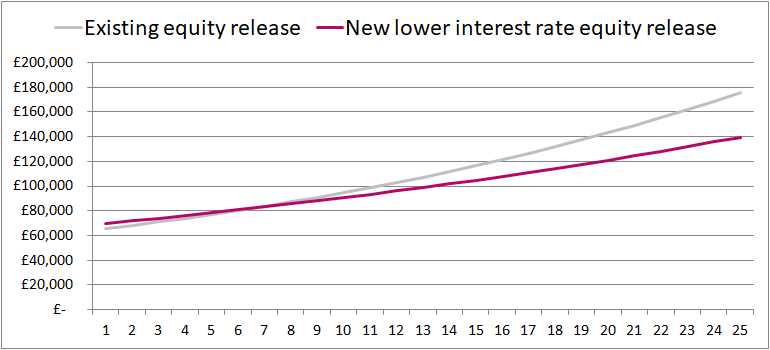

Congress would have to pass a law to make that possible, which is politically very unlikely. Some Republicans have suggested choosing which debts to pay, a system called payment prioritization.

Politics The fight over the debt ceiling could sink the economy. Republicans wanted deep spending cuts and caps on how much federal spending could grow after the cuts were enacted. That's a pretty large market swoon."Īt the time, Republican House Speaker John Boehner, R-Ohio, was in a standoff with Obama over spending. "The stock market at one point I think was down intraday almost 20%. "It wasn't clear up until the very end that lawmakers were going to figure out a way to sign on the dotted line and increase the limit," Zandi said. Mark Zandi, an analyst at Moody's Analytics, said there have been political battles over the debt before but none were as dangerous or consequential as the 2011 fight. That changed in 2011 when the country came dangerously close to default. In the past, votes to increase the debt limit were relatively quiet, non-controversial affairs.

"The real problem here is that you now have people actually talking about defaulting." "Everybody uses the debt ceiling for their favorite policies," said Maya MacGuineas, the president of the Committee for a Responsible Federal Budget. Senate Minority Leader Mitch McConnell of Kentucky and House Minority Leader Hakeem Jeffries of New York also attended. Speaker of the House Kevin McCarthy of Calif., left, and Senate Majority Leader Chuck Schumer of N.Y., right, listen as President Biden before an Oval Office meeting on the debt limit on May 9. Those measures include moving investments and deploying accounting tools to shift funds around. However, the Treasury Department has access to a few tools, known as extraordinary measures, to avoid default. How do experts know when the government has really run out of funds?Įconomists look at how much the government is expected to bring in through tax payments, when those payments are expected to arrive in Treasury accounts and scheduled debt payments to determine a timeframe, known as an X-Date for when the debt authority might run out. "So in order to simplify that process and make it easier, Congress shifted to a new system where they said, you can borrow up to this amount of money and then come back to us and we'll raise it."Ĭongress has increased or suspended the debt limit 78 times since 1960, according to the Treasury Department. "In 1917, the United States needed to borrow a lot of money for World War I," he said. Doing so then allows the government borrow to meet its existing legal obligations like Social Security and Medicare benefits, military salaries, interest on the national debt, tax refunds and other payments. Congress is constitutionally required to authorize the issuance of debt. The "debt ceiling" or "debt limit" is a cap on how much debt the federal government is allowed to accumulate. Here are nine questions you may be asking about the debt ceiling and the fight over it. The group failed to reach a deal, but staff level talks are ongoing in an effort to avoid default. Treasury Secretary Janet Yellen has warned that the country could run out of borrowing authority by June 1, leaving negotiators little time to reach an agreement.īiden recently met with McCarthy, House Democratic Leader Hakeem Jeffries, D-N.Y., Senate Majority Leader Chuck Schumer, D-N.Y., and Senate Minority Leader Mitch McConnell, R-Ky., to discuss a path forward. But House Speaker Kevin McCarthy, R-Calif., is in a standoff with President Biden over Republican demands to tie the debt limit to spending caps and other policy demands. It is up to Congress to vote to increase the nation's borrowing cap, known as the debt limit. The federal government is perilously close to being unable to make payments on the country's debt. debt ceiling has begun to raise worries in parts of the financial markets. Brinkmanship in Washington over raising the U.S. People pass the front of the New York Stock Exchange in New York, on March 22.


 0 kommentar(er)
0 kommentar(er)
